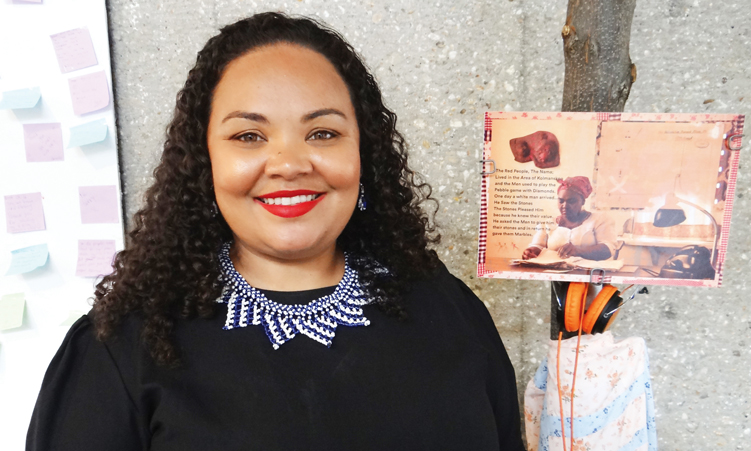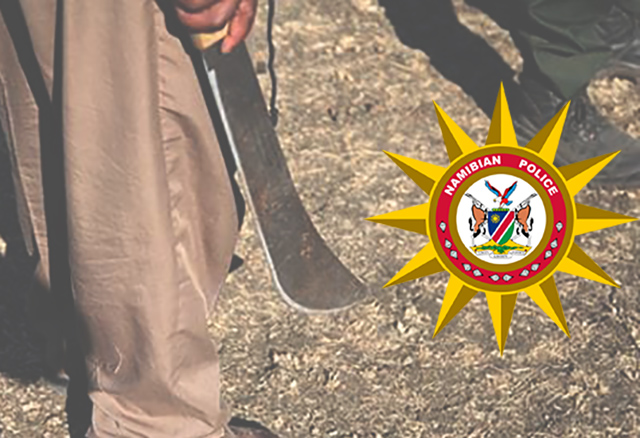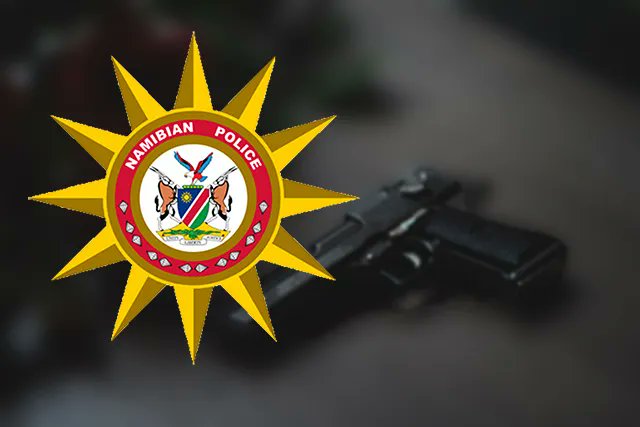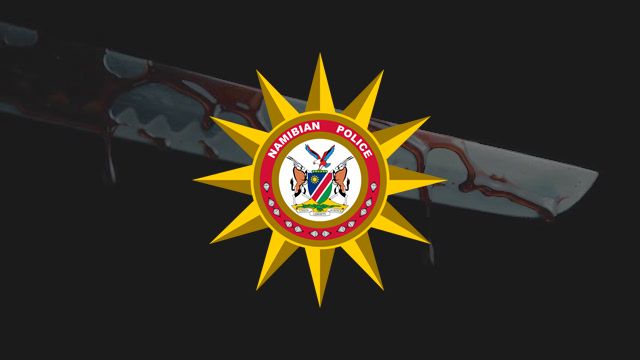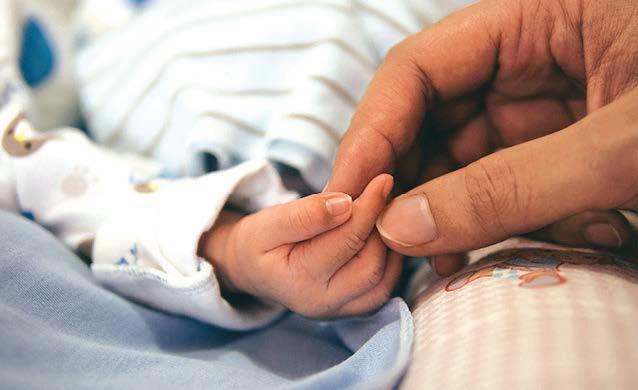There’s a moment in Veronique Kuchekana-Chirau’s ‘Daughter of Molly’ when she asks a group of visiting schoolchildren to pick up the bones.
These are bones picked clean and scattered across the Franco-Namibian Cultural Centre’s gallery floor – bones the pupils have been walking past, accidentally kicking and looking down upon with evident foreboding.
The scattered skeletons are just one of the devices Kuchekana-Chirau, dressed in her cultural attire, uses to recall the atrocities of the Herero-Nama genocide perpetrated by German colonial forces in what is now independent Namibia between 1904 and 1908.
Strewn around the gallery space evoking their literal littering across Namibian landscapes of trauma and war, Kuchekana-Chirau mines her own Nama and German genealogy to guard against forgetting, and to demand the return of Namibian bones kept in little boxes, in German, American and local museums, or once sold as souvenirs.
Employing song, video, photography, voice recordings and installations curated by Nyasha Kuchekana-Chirau, the artist dives deep into a spellbinding storytelling experience born in her blood.
Running back to Molly, her maternal grandmother, and to her ancestor Lena who mistakes a pile of human bones for animal ones in the hills of Okombahe before remembering colonial era conflict on the land, ‘Daughter of Molly’ is political skillfully adapted and ultimately humanised through the personal.
Suitable and no doubt illuminating to the Amazing Kids’ Grade 8 history pupils who crowd into the gallery on a Monday afternoon before following Kuchekana-Chirau around the space’s informative points of pause and axes of action, the cooperative piece brings Namibian history to life – even as it questions the rest camp at Shark Island, a former concentration camp, and the lack of a national day or commemorative space to honour the victims of the genocide, as well as the trauma inherent in having one’s ancestors lost to mass or unmarked graves and museums.
Woven around family stories, tales of an unscrupulous and unnamed shop owner trading groceries for diamonds at Kolmanskop and of Molly’s grandfather, a German doctor, who would distribute Turkish Delights through his practice window at Lüderitz, ‘Daughter of Molly’ flits across a country marred by the structures and echoes of German colonial violence and haunted by those whose bones, as Kuchekana-Chirau urgently insists, “are rising”.
“I’m calling for Namibians to remember and for Namibians to understand that the bones are rising all around this country,” says Kuchekana-Chirau.
“It is not our culture to keep our dead in little boxes. It’s not our culture to talk about inheritance before a funeral. It is our culture to bury the dead.”
An interrogative, interactive and intimate take on Namibian history and a worthy ode to Kuchekana-Chirau’s Bondelswarts lineage, ‘Daughter of Molly’ was subject to an on-site review by an Amazing Kids teacher who watched his pupils enthusiastically answer questions, write notes to the victims of the genocide, and pick up metaphorical bones with visible pride.
“This performance was like reading a book, but it was presented in half an hour in such a way that it sank in,” Amazing Kids teacher and chaperone Tobias Kamperipa said after the event.
“We truly hope that what was presented here will be preserved in our cultural heritage bank.”
‘Daughter of Molly: Picking Up the Bones’ is open for daily viewing at the Franco-Namibian Cultural Centre until 17 November.
A repeat performance and discussion will take place at 09h00 and again at 11h00 on 17 November.
Tickets are available at the door for N$20.
For school and university bookings, email culturalofficer@fncc.org.na
– martha@namibian.com.na; Martha Mukaiwa on Twitter and Instagram; marthamukaiwa.com
Stay informed with The Namibian – your source for credible journalism. Get in-depth reporting and opinions for
only N$85 a month. Invest in journalism, invest in democracy –
Subscribe Now!



